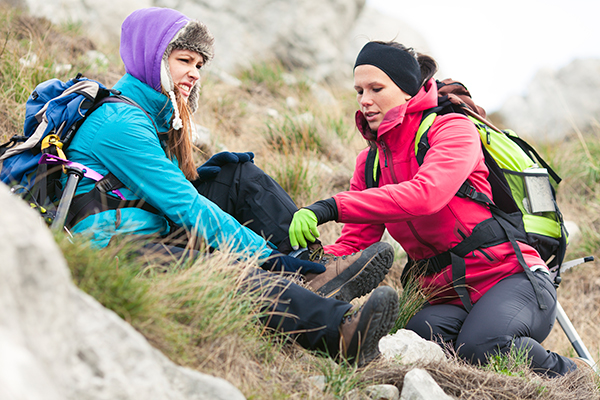With four million acres of designated wilderness and more whitewater river miles than any state in the lower 48, Idaho’s forests, deserts, mountains and rivers attract thousands of local residents and visitors each year. The vast terrain, often remote and sparsely populated, boosts some of the most outstanding scenery, fishing and recreational opportunities in the US, yet it is also the site of many accidents, emergencies and rescues. Planning, packing and preparedness can make the difference between life and death when adventuring in the outdoors.
 Before trekking into the wilderness, even for a day-long outing, it is important to be well educated about the climate, terrain, route hazards, insects and animals in the area, and have a basic knowledge of survival techniques. There are essentially ten things that everyone should have with them on any trip into the backcountry.
Before trekking into the wilderness, even for a day-long outing, it is important to be well educated about the climate, terrain, route hazards, insects and animals in the area, and have a basic knowledge of survival techniques. There are essentially ten things that everyone should have with them on any trip into the backcountry.
 Before trekking into the wilderness, even for a day-long outing, it is important to be well educated about the climate, terrain, route hazards, insects and animals in the area, and have a basic knowledge of survival techniques. There are essentially ten things that everyone should have with them on any trip into the backcountry.
Before trekking into the wilderness, even for a day-long outing, it is important to be well educated about the climate, terrain, route hazards, insects and animals in the area, and have a basic knowledge of survival techniques. There are essentially ten things that everyone should have with them on any trip into the backcountry.
Ten Essential Items
- Emergency shelter, a tarp or space blanket
- Firestarter or water proof matches
- Water filter or method of water purification
- First aid kit and a compact guide to dealing with medical emergencies
- Insulation, extra clothing
- Illumination, flashlight or headlamp
- Nutrition, an extra day’s worth of food: freeze dried meal, energy bars, nuts, dried fruit
- Knife or multi-use tool
- Sun protection: sunscreen for skin and lips; sunglasses; lightweight clothing
- Navigation, map and compass are especially important when off trail, as well as knowledge of their proper use.